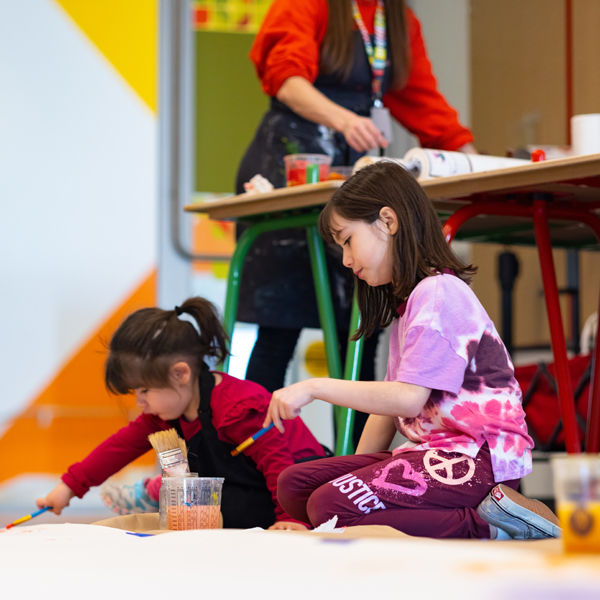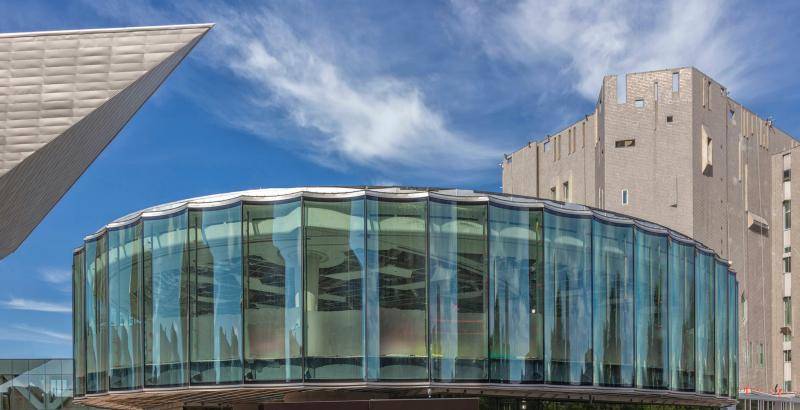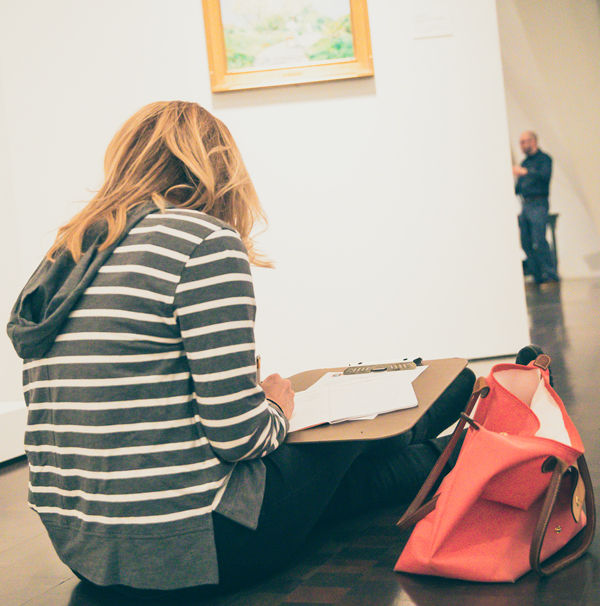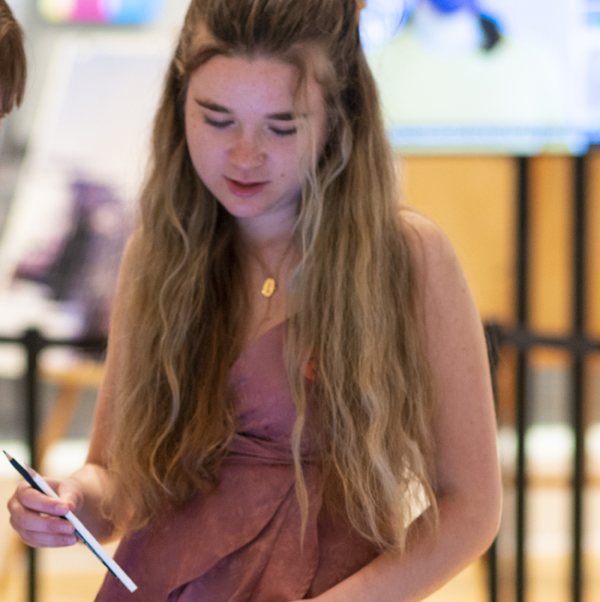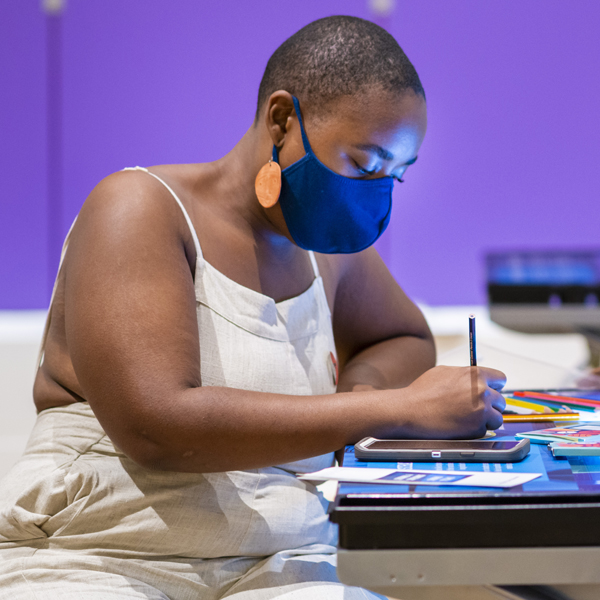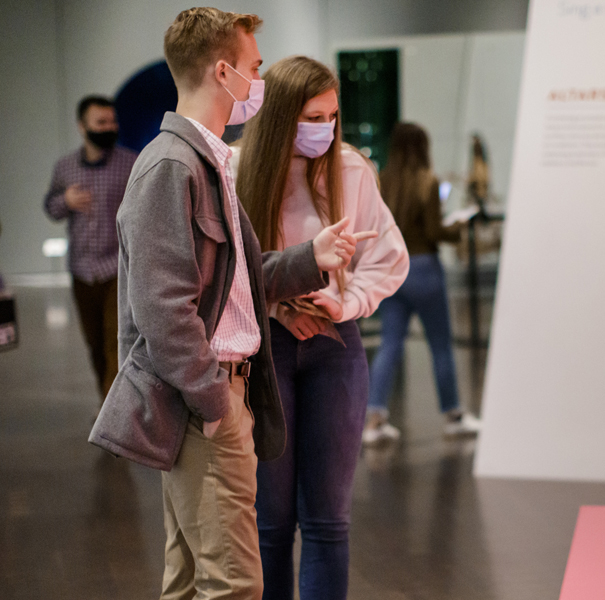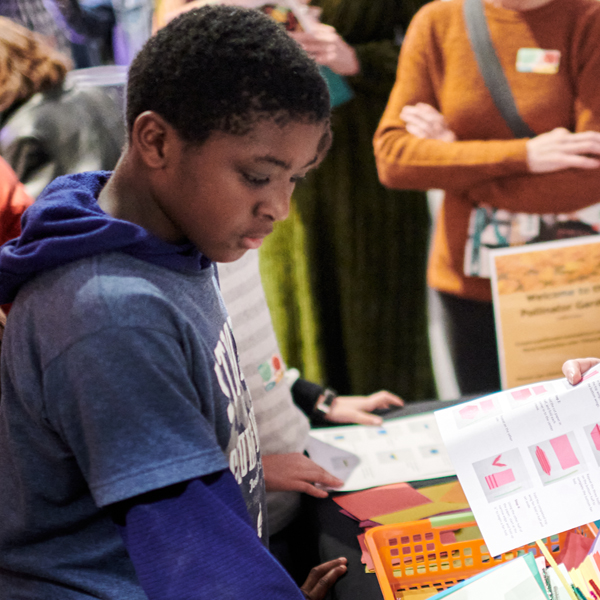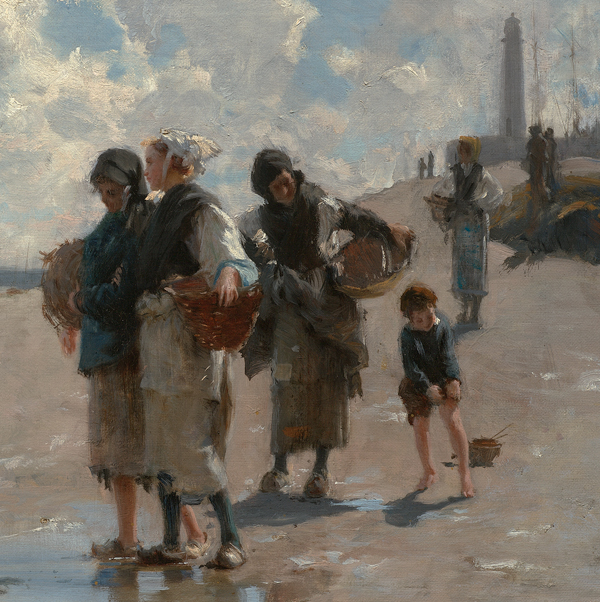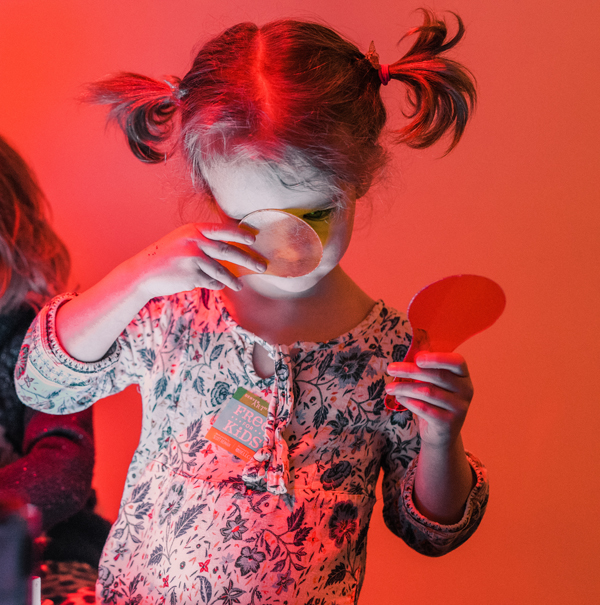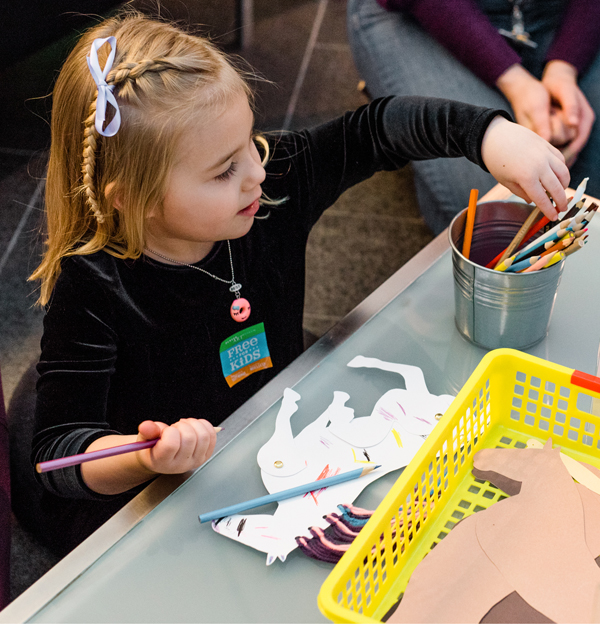Field Trip
We welcome you to explore the museum on your own as well!
Field Trip
Extend your in-gallery learning and get creative with an artmaking workshop.
Field Trip
Explore the collection with the earth in mind. Consider how environmental concerns are woven into the art making and viewing processes. This tour is designed for middle school and high school students.
Field Trip
Explore ways objects and artworks display or challenge ideas about power and privilege. What is power? Who has power and why? What is your own power? This tour is designed for high school students.
Field Trip
We can view art through many different lenses to explore our world and our identities. Art can reflect who we are and help us understand ourselves and others better. This tour is designed for middle school and high school students.
Field Trip
This tour is designed for middle school and high school students.
Field Trip
Field trips for grades K-12 available November 29, 2021 through March 4, 2022
Field Trip
An Introductory Tour for Grades 3-5
Field Trip
An Introductory Tour for Kindergarten through 2nd Grade
Field Trip
A Creative Thinking Tour for Pre-K Students
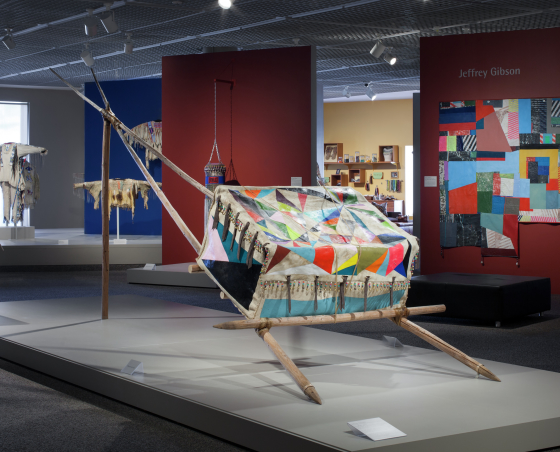
About the Art
Jeffrey Gibson (Mississippi Band Choctaw, Cherokee, American)
2013
The structure of this sculpture was inspired by the parfleche (pronounced “par-flesh”) containers and travois (pronounced “tra-voy” or “trav-wa”) that were used by Native American tribes from the Plains. A travois was typically made from tipi poles, and would have been pulled by a horse or dog. Nomadic tribes used them to transport their belongings, which were often stored in parfleches. This word is thought to have come from the French words for “to parry (defend),” parer, and “arrow,” fleche, and originally referred to rawhide shields or body armor.
